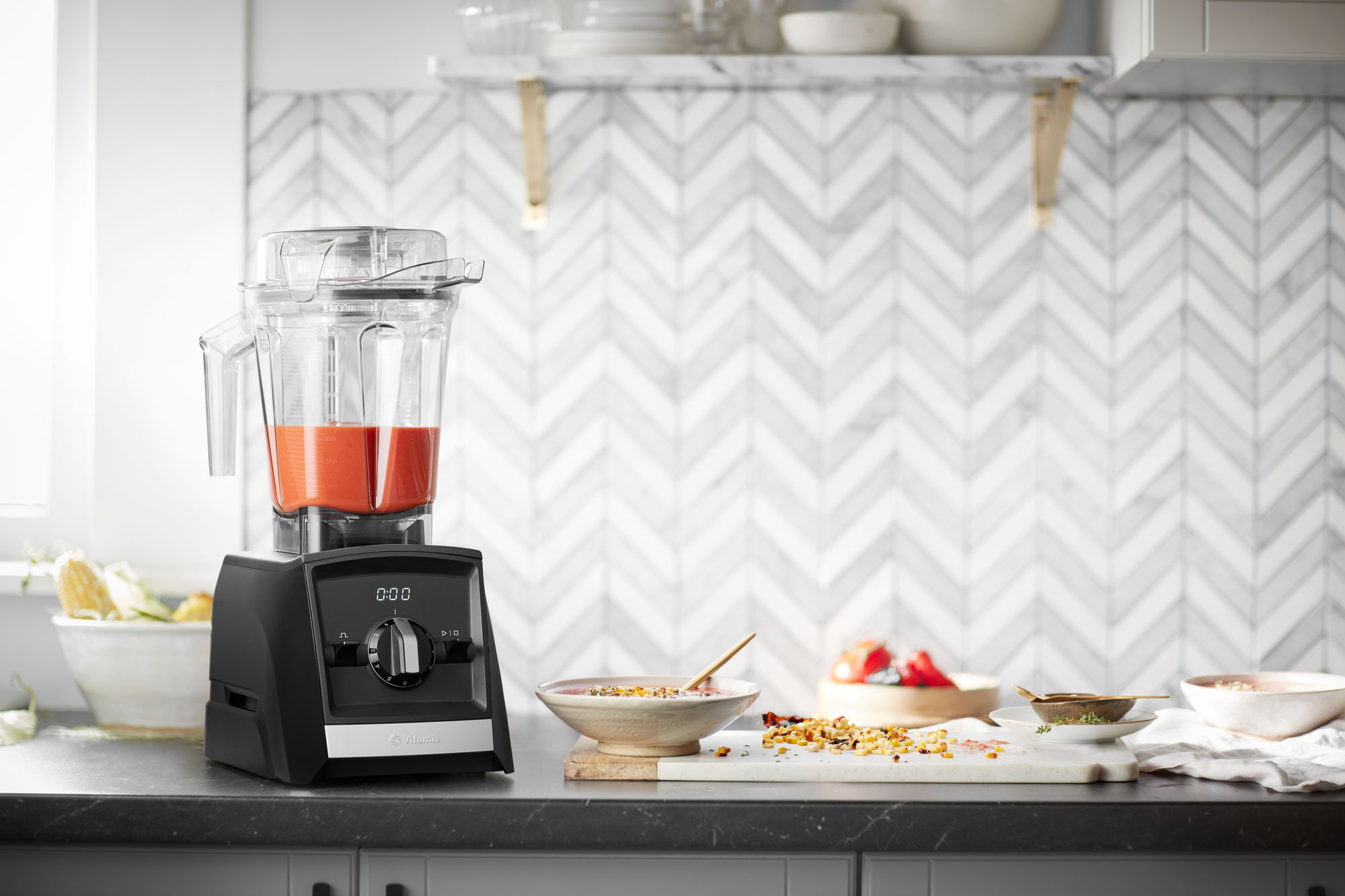

Articles
How To Use The Vitamix Blender
Modified: February 19, 2024
Discover the best articles on how to use the Vitamix blender. Get step-by-step instructions and expert tips to unleash your blending creativity.
(Many of the links in this article redirect to a specific reviewed product. Your purchase of these products through affiliate links helps to generate commission for Storables.com, at no extra cost. Learn more)
Introduction
Welcome to this comprehensive guide on how to use the Vitamix blender. Whether you’re a novice in the kitchen or an experienced food enthusiast, the Vitamix blender is a powerful tool that can help you create delicious smoothies, soups, sauces, and more. In this article, we will explore the various features and functions of the Vitamix blender, guiding you through the process of getting started, mastering the controls, and optimizing your blending techniques.
Known for its exceptional performance and durability, the Vitamix blender has become a favorite among chefs, health-conscious individuals, and home cooks around the world. With its powerful motor and precision-engineered blades, this blender can process ingredients to perfection, making it the ideal appliance for creating silky smooth purees, emulsifying dressings, and crushing ice.
Whether you’re looking to whip up a quick and nutritious breakfast smoothie, indulge in a creamy and satisfying soup for lunch, or create a refreshing frozen treat, the Vitamix blender can do it all. But to unlock the full potential of this exceptional machine, it’s important to understand how to use it properly, from assembling it correctly to utilizing the right blending techniques for different foods.
In the sections that follow, we will delve into the details of using the Vitamix blender effectively. We will cover everything from understanding the controls and settings to properly assembling the blender and exploring various blending techniques. Additionally, we will discuss cleaning and maintaining the blender to ensure its longevity, as well as provide solutions to common troubleshooting issues that may arise.
So, if you’re ready to embark on a journey of culinary creativity and nutritious delight, let’s dive into the world of the Vitamix blender and discover how this versatile appliance can revolutionize your cooking experience.
Key Takeaways:
- Master the art of using the Vitamix blender by understanding its controls, assembling it properly, and exploring various blending techniques for different foods. Embrace culinary creativity and nutritious delight with confidence!
- Ensure the longevity and optimal performance of your Vitamix blender by following proper cleaning and maintenance practices. Swiftly troubleshoot common issues to continue enjoying the benefits of this powerful kitchen appliance.
Read more: How To Clean A Vitamix Blender
Getting Started with the Vitamix Blender
Before diving into the world of blending with your Vitamix blender, it’s essential to familiarize yourself with its key components. The Vitamix blender consists of a motor base, a blending container, a lid, and a tamper, which is a tool used to push ingredients towards the blades during blending.
To get started, place the motor base on a sturdy and level surface, ensuring that it is plugged into a power source. Next, select the appropriate blending container for your needs. Vitamix offers a range of container sizes, from personal 20-ounce cups to larger 64-ounce pitchers, so choose the one that best suits your desired batch size.
Once you’ve selected the blending container, firmly attach it to the motor base by aligning the container’s tabs with the slots on the motor base. Rotate the container clockwise until it locks into place with a satisfying click. Ensure that the container is securely attached before proceeding.
Now, it’s time to familiarize yourself with the controls and settings of your Vitamix blender. Most Vitamix models feature a variable speed dial, allowing you to control the blending speed manually. You can turn the dial to adjust the speed from low to high, depending on your recipe requirements. Additionally, there is usually a switch to activate the blender and another switch to pulse the ingredients at a high speed for short bursts.
Before adding your ingredients, ensure that the blender is free of any remnants from previous use. Then, carefully place your desired ingredients into the blending container. It’s important to note that the Vitamix blender is designed to blend dense and fibrous ingredients, so you can add whole fruits, vegetables, and even ice without the need for chopping.
Once your ingredients are in the container, securely place the lid on top. Some Vitamix models have a removable plug on the lid, allowing you to add additional ingredients while blending. If your model does not have this feature, you can stop the blending process, remove the lid, add the desired ingredients, and then continue blending.
Now, you’re ready to start blending. Turn the blender on by flipping the switch to the “On” position. If you prefer to start with a slower speed, set the variable speed dial to the desired level. You can gradually increase the speed as needed while blending, depending on the consistency you want to achieve.
During the blending process, you may find it necessary to use the tamper to push down ingredients towards the blades. The tamper should be used sparingly and only when the blender is running. Insert the tamper through the hole in the lid and gently push the ingredients down, making sure never to touch the blades with the tamper.
Once your ingredients are fully blended and reach the desired consistency, turn off the blender and carefully remove the container from the motor base. Remove the lid and pour your blend into a serving container, ready to be enjoyed or used in your favorite recipes.
Now that you have mastered the basics of getting started with the Vitamix blender, it’s time to explore the various controls and settings in more detail. In the next section, we will delve into the different functions and techniques that can take your blending to the next level.
Understanding the Controls and Settings
As you become more familiar with your Vitamix blender, it’s important to have a clear understanding of the controls and settings available to you. These controls allow you to customize your blending experience and achieve the desired results for different recipes.
The key control of the Vitamix blender is the variable speed dial. This dial is typically located on the front of the motor base and allows you to manually adjust the blending speed. By turning the dial, you can increase or decrease the speed from low to high, giving you more control over the blending process.
Starting at a low speed is often recommended, especially when blending harder or more solid ingredients. This allows the blades to catch the ingredients and slowly break them down without causing excessive strain on the motor. As the blending progresses, you can gradually increase the speed to achieve the desired consistency.
In addition to the variable speed dial, some Vitamix models also feature preset programs or settings. These settings are designed to simplify specific blending tasks by automatically adjusting the speed and duration based on the selected program. For example, there may be presets for smoothies, soups, frozen desserts, and more.
To use the preset programs, simply select the desired program on the control panel and the blender will automatically adjust the speed and duration to achieve optimal results. This feature is especially useful for those who are new to blending or prefer a more hands-off approach.
Another important function of the Vitamix blender is the pulse feature. This feature allows you to blend ingredients in short bursts at a high speed. The pulse function is suitable for tasks such as creating chunky salsas, crushing ice, or pulsing ingredients together without fully blending them.
To activate the pulse feature, simply flip the pulse switch on the control panel. This will cause the blender to blend the ingredients at a high speed for as long as the switch is held down. The pulse function provides precise control and is useful for achieving the desired texture in your blends without over-processing.
Understanding and utilizing the controls and settings of your Vitamix blender will help you achieve consistent and desirable results for a wide range of recipes. Experiment with different speeds, programs, and pulse durations to find the perfect blend for your favorite dishes.
Now that you know how to operate the Vitamix blender and understand its controls and settings, let’s move on to the next important step: properly assembling the blender. In the following section, we will guide you through the process of ensuring your blender is correctly assembled for optimal performance.
Properly Assembling the Blender
Properly assembling your Vitamix blender is crucial to ensure its optimal performance and prevent any mishaps during blending. By following these steps, you can ensure a secure and efficient setup for your blender.
The first step in assembling your Vitamix blender is to place the motor base on a sturdy and level surface. This ensures stability during operation and helps prevent any accidental spills or movements.
Next, select the appropriate blending container for your needs. Vitamix offers a variety of container sizes, so choose the one that aligns with the batch size of your recipe. Ensure that the blending container and its lid are clean and free from any food residue.
To attach the blending container to the motor base, align the container’s tabs with the corresponding slots on the motor base. While holding the container with one hand, use the other hand to rotate the container clockwise until it locks into place. You should feel a secure click when the container is correctly attached.
Once the blending container is securely in place, ensure that the lid is properly aligned on top of the container. The lid may have a clear plastic plug that can be removed to add additional ingredients during blending. If your lid has this plug, make sure it is securely inserted into the lid when not in use.
After positioning the lid, press it down firmly to ensure a tight seal. This prevents any leakage or splattering during blending, especially when working with liquids or high-speed blending. Make sure the lid is securely closed before proceeding.
Some Vitamix blenders come with a tamper, a tool used to push ingredients towards the blades during blending. If your blender includes a tamper, ensure it is within reach and easily accessible. However, avoid inserting the tamper while the blender is running, as it can interfere with the blades and cause damage.
Before starting the blending process, double-check that all components are securely in place and properly assembled. Make sure the blending container is locked onto the motor base, the lid is secure, and the tamper is within reach if needed.
Once you’ve confirmed that everything is properly assembled, you’re ready to start blending. Follow the operating instructions mentioned earlier in this guide, adjusting the speed and duration according to your recipe’s requirements.
Properly assembling your Vitamix blender not only ensures its longevity but also guarantees safe and efficient blending. By following these steps, you can have confidence in your blender’s performance and focus on creating delicious blends.
Now that you know how to assemble your Vitamix blender correctly, the next section will explore various blending techniques to help you achieve optimal results when preparing different types of foods.
When using the Vitamix blender, start at a low speed and gradually increase to avoid splattering. Also, use the tamper to push ingredients towards the blades for a smoother blend.
Blending Techniques for Different Foods
The Vitamix blender is a versatile tool that can handle a wide range of ingredients, from soft fruits to tough vegetables and even ice. However, mastering the right blending techniques for different foods is key to achieving the best results. Let’s explore some techniques you can use when blending various types of foods.
When blending fruits for smoothies or sauces, it’s best to start with a low speed and gradually increase it as the ingredients break down. This helps ensure a smooth and creamy texture while preventing over-blending. If you prefer a chunkier texture, reduce the blending time or use the pulse function to achieve the desired consistency.
For leafy greens like spinach, kale, or Swiss chard, it’s important to blend them with enough liquid to facilitate smooth blending. Start with a small amount of liquid, then gradually add more as needed to get the desired thickness. You can also use the tamper to push the greens towards the blades if necessary.
When blending soups, it’s essential to check the maximum liquid capacity of your Vitamix model. Ensure you don’t exceed this capacity to avoid any spillage or blending issues. Start with low speed and gradually increase it to blend the soup to the desired consistency. The high speed and power of the Vitamix blender will create a silky-smooth soup in no time.
If you’re using the Vitamix blender to make nut butter or nut milk, it’s crucial to have patience. These processes can take some time, and you may need to stop and scrape down the sides of the container periodically. The powerful blades of the Vitamix will gradually break down the nuts into a smooth and creamy consistency.
For ice cream or frozen desserts, it’s recommended to use the frozen dessert program if your Vitamix model has one. Alternatively, start at a low speed and gradually increase it until the ingredients are thoroughly blended and have a creamy, ice cream-like consistency. You can also add small frozen chunks of fruit or ice to create a delicious, refreshing treat.
When blending hot liquids, it’s crucial to exercise caution and follow the manufacturer’s guidelines for your specific Vitamix model. Some blenders have a ventilation feature to handle heat, while others may require the use of a separate container specifically designed for blending hot ingredients. Always use caution when blending hot liquids to avoid any accidents or steam build-up.
Experimenting with different ingredients and blending techniques is the best way to discover the full potential of your Vitamix blender. Don’t be afraid to try new combinations and adjust the blending speed and duration to suit your preferences. The versatility of the Vitamix blender allows for endless culinary creativity.
Now that you have a good understanding of blending techniques for different foods, let’s move on to the next important aspect of using the Vitamix blender: cleaning and maintaining your appliance. Proper care ensures the longevity and performance of your blender, allowing you to enjoy its benefits for years to come.
Read more: How To Turn On A Vitamix Blender
Cleaning and Maintaining Your Vitamix Blender
Proper cleaning and maintenance of your Vitamix blender are essential for prolonging its lifespan and ensuring optimal performance. By following these steps, you can keep your blender in excellent condition and ready for all your culinary adventures.
After each use, it’s important to clean your blender thoroughly. Start by unplugging the blender from the power source for safety. Remove the blending container from the motor base and carefully remove the lid as well.
Rinse the blending container, lid, and tamper with warm water to remove any loose residue. For tougher stains or food remnants, you can add a small amount of dish soap to warm water and gently scrub the components with a soft sponge or brush.
Pay special attention to the blades, as they often accumulate food particles. Take caution when cleaning the blades, as they are sharp. Use a brush or toothbrush to clean between the blades and remove any stubborn bits of food. Always handle the blades with care to avoid injury.
Once all the components are clean, rinse them thoroughly with warm water to remove any soap residue. Dry them with a clean cloth or let them air dry before reassembling the blender.
Before storing the blender, ensure that all the components are completely dry. Moisture can lead to the growth of mold or bacteria over time. Once dry, reassemble the blender by securely attaching the blending container to the motor base and placing the lid on top.
It’s also important to periodically deep clean your Vitamix blender. One simple method is to fill the blending container halfway with warm water and add a few drops of dish soap. Securely attach the lid and run the blender on a low to medium speed for about 30 to 60 seconds.
Afterward, rinse the container, lid, and tamper with warm water to remove any soap residue. Allow them to air dry before reassembling the blender and storing it in a clean and dry place.
In addition to regular cleaning, proper maintenance of your Vitamix blender ensures its longevity and performance. It’s recommended to periodically check the blender’s rubber gasket for wear and tear. If you notice any damage, contact Vitamix customer support for a replacement gasket.
To keep your blender performing at its best, it’s important to avoid overfilling the blending container. Ensure you follow the recommended maximum capacity specified in your blender’s user manual. Overfilling can lead to leakage or strain on the motor, which may affect the blender’s performance.
Lastly, store your Vitamix blender in a safe and dry place when not in use. Avoid exposing it to extreme temperatures or moisture, as these can damage the motor or other components.
By following these cleaning and maintenance practices, you can ensure that your Vitamix blender remains in excellent condition and delivers exceptional performance for years to come.
In the event of any issues or malfunctions with your Vitamix blender, refer to the troubleshooting section in the user manual or contact Vitamix customer support for assistance.
Now that you know how to properly clean and maintain your Vitamix blender, it’s time to address common troubleshooting issues that may arise. In the next section, we will explore some common problems and their solutions, allowing you to quickly get back to blending with ease.
Troubleshooting Common Issues
Even with its durable construction and reliable performance, there may be times when you encounter issues with your Vitamix blender. Here are some common problems and their potential solutions to help troubleshoot and resolve any difficulties you may experience.
Blender not turning on: If your blender is not turning on, first check if it is properly plugged into a power source. Ensure the power outlet is working by plugging in another device. If the outlet is functioning, try unplugging and replugging the blender. If it still doesn’t turn on, check if the blending container is securely attached to the motor base.
Blender not blending properly: If you’re experiencing issues with blending consistency, make sure you’re using the appropriate speed setting for the ingredients. Adjust the speed as needed, starting from low and gradually increasing it. Additionally, ensure that you’re not overfilling the blending container, as this can put excessive strain on the motor and affect blending performance.
Blender leaking: Leaks can occur if the components are not properly assembled. Check to ensure that the blending container is securely attached to the motor base and that the lid is properly aligned and closed tightly. Also, inspect the rubber gasket in the lid for any signs of damage or wear and tear. If necessary, replace it with a new gasket from Vitamix customer support.
Blender overheating: Overheating can occur if the blender is used for an extended period of time or if the motor is overloaded. If you notice your blender becoming excessively hot, stop blending and allow it to cool down. Letting the blender rest for a few minutes can help dissipate the heat. If the issue persists, contact Vitamix customer support for further assistance.
Blender producing unusual noise: Unusual noises during blending may indicate a loose component or an issue with the blades. Turn off the blender, unplug it, and carefully inspect the blending container and lid for any loose parts or debris. Ensure the container is properly attached to the motor base and that the lid is securely closed. If the noise persists or seems abnormal, contact Vitamix customer support for guidance.
Blender blades not rotating: If the blades are not rotating, it could be due to an obstruction. Turn off and unplug the blender, then inspect the blending container for any foreign objects or food particles that may be preventing the blades from rotating. Clean the container thoroughly, ensuring there is no residue or debris stuck in the blades. Once clean, reassemble the blender and resume blending.
If you encounter any other issues not mentioned here or if the problem persists even after troubleshooting, it’s recommended to refer to the user manual for specific guidance or contact Vitamix customer support for assistance. They are knowledgeable and equipped to help you with any further troubleshooting steps or provide repair services if necessary.
By addressing common issues promptly and following the recommended troubleshooting steps, you can resolve most problems and continue enjoying the benefits of your Vitamix blender without interruption.
With all these tips in mind, you are now equipped with comprehensive knowledge on how to use, clean, maintain, and troubleshoot your Vitamix blender. Embrace your culinary adventures with confidence and create delicious blends to delight your taste buds.
Remember to always read and follow the instructions in the user manual provided by Vitamix for your specific blender model. Enjoy your blending journey and let the Vitamix blender unleash your creativity in the kitchen!
Conclusion
Congratulations on completing this comprehensive guide on how to use the Vitamix blender. By now, you should feel confident in your ability to operate, clean, maintain, and troubleshoot your blender effectively.
The Vitamix blender is a powerful and versatile kitchen appliance that can elevate your culinary creations to new heights. Whether you’re blending smoothies, soups, sauces, or even creating homemade nut butters and frozen desserts, the Vitamix blender delivers exceptional performance and consistent results.
We started by introducing you to the Vitamix blender and its key features, emphasizing its reputation for durability, reliability, and its ability to process a wide range of ingredients.
Next, we explored the essential steps for getting started with the Vitamix blender, including properly assembling the appliance, understanding the controls and settings, and navigating different blending techniques for various foods.
We also provided insights into the importance of cleaning and maintaining your blender. By following the recommended cleaning practices and taking care of your Vitamix blender, you can ensure its longevity and continued optimal performance.
Lastly, we addressed common troubleshooting issues that you may encounter along your blending journey. With the techniques and solutions provided, you can swiftly overcome these challenges and get back to creating delicious blends.
Always remember to consult your Vitamix blender’s user manual for specific instructions and guidance tailored to your particular model. Should you encounter any issues beyond the scope of this guide, Vitamix customer support is available to assist you.
With your newfound knowledge and skills, it’s time to unleash your creativity in the kitchen and explore the endless possibilities with your Vitamix blender. Blend up vibrant smoothies, whip up creamy soups, experiment with homemade sauces, and delight in delicious frozen treats.
Now, go forth and embark on your blending adventures. Embrace the versatility and power of the Vitamix blender, and enjoy the incredible flavors and textures you can create at the touch of a button.
Here’s to many years of blending joy and culinary excellence with your Vitamix blender!
Frequently Asked Questions about How To Use The Vitamix Blender
Was this page helpful?
At Storables.com, we guarantee accurate and reliable information. Our content, validated by Expert Board Contributors, is crafted following stringent Editorial Policies. We're committed to providing you with well-researched, expert-backed insights for all your informational needs.
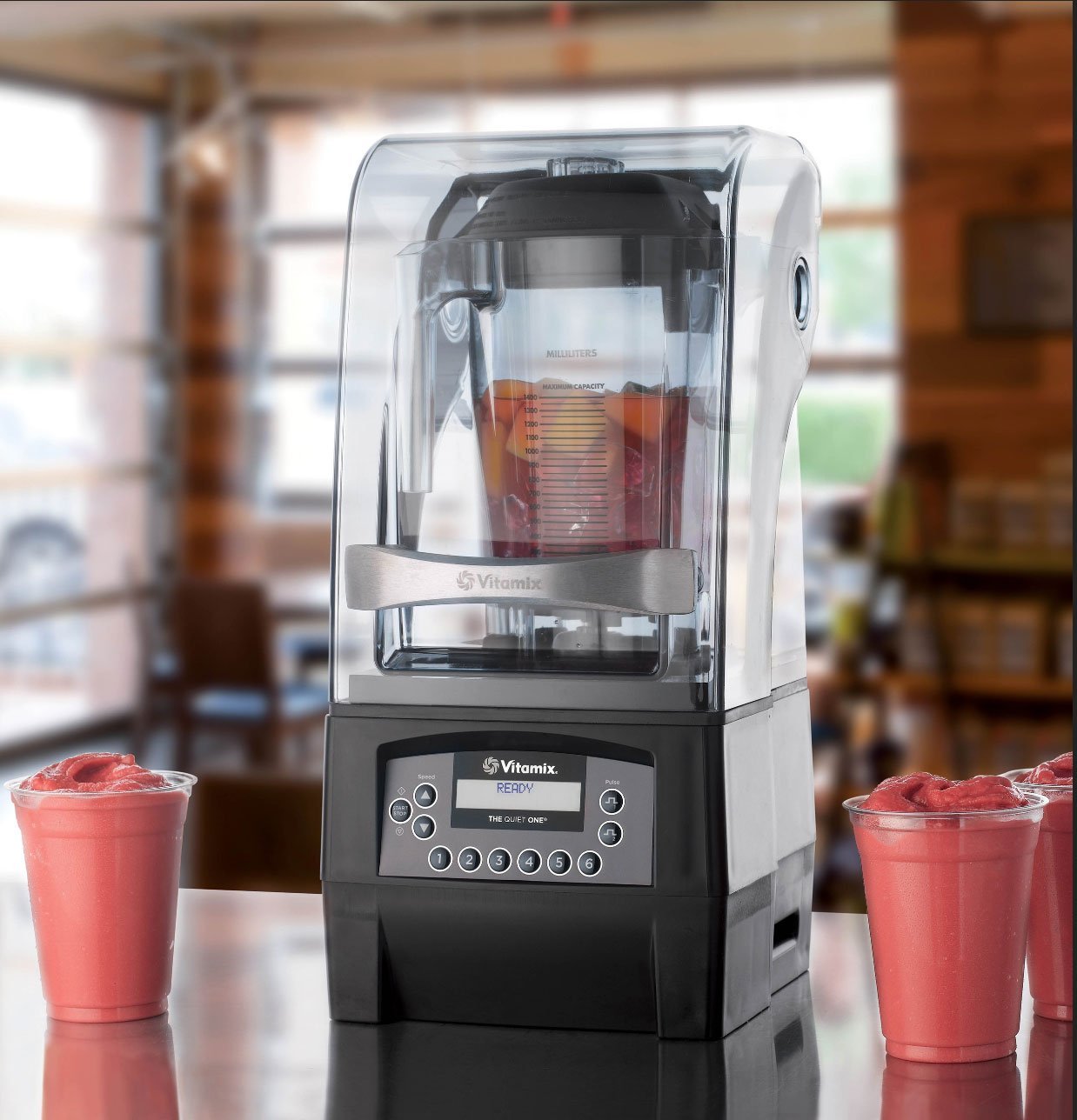
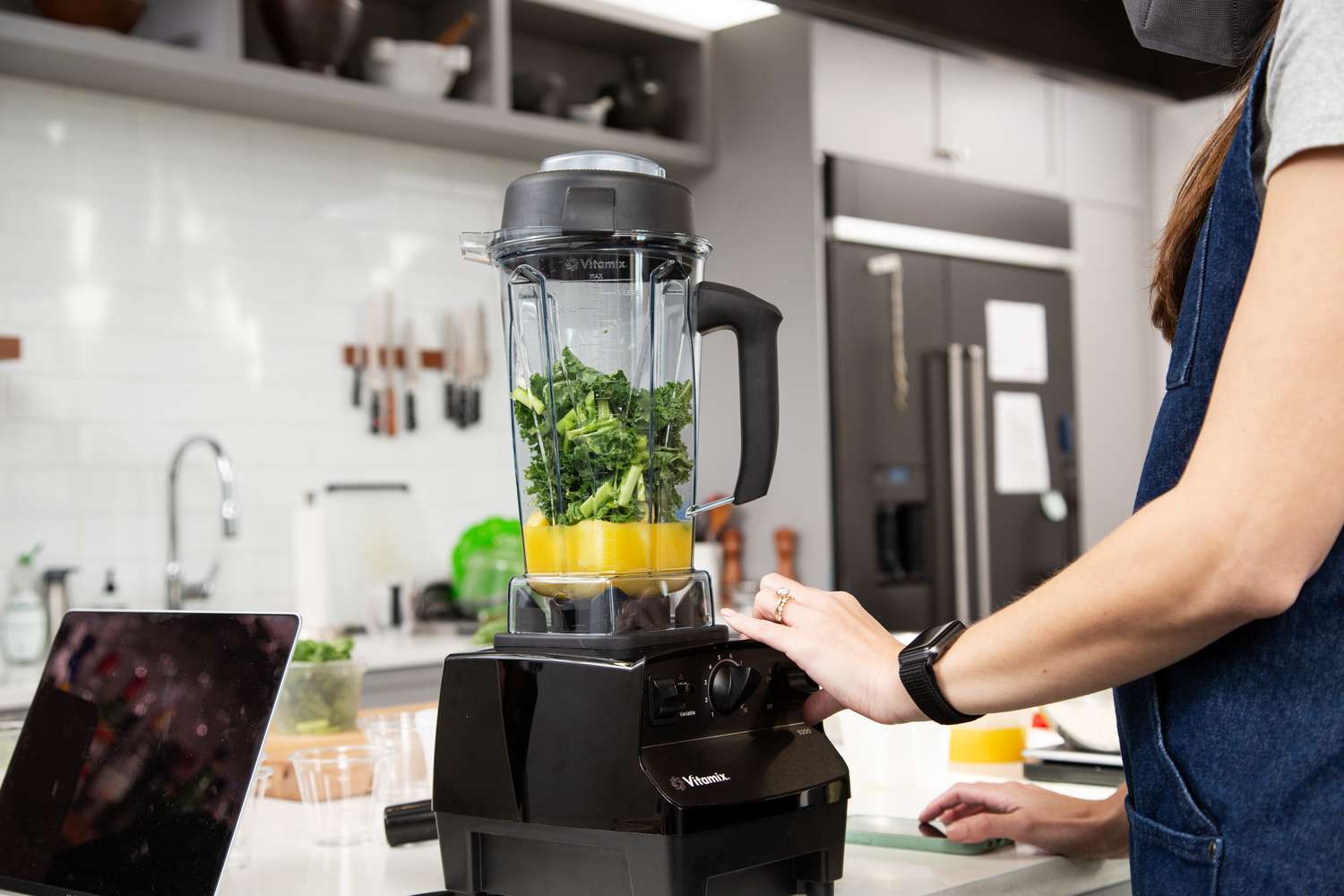
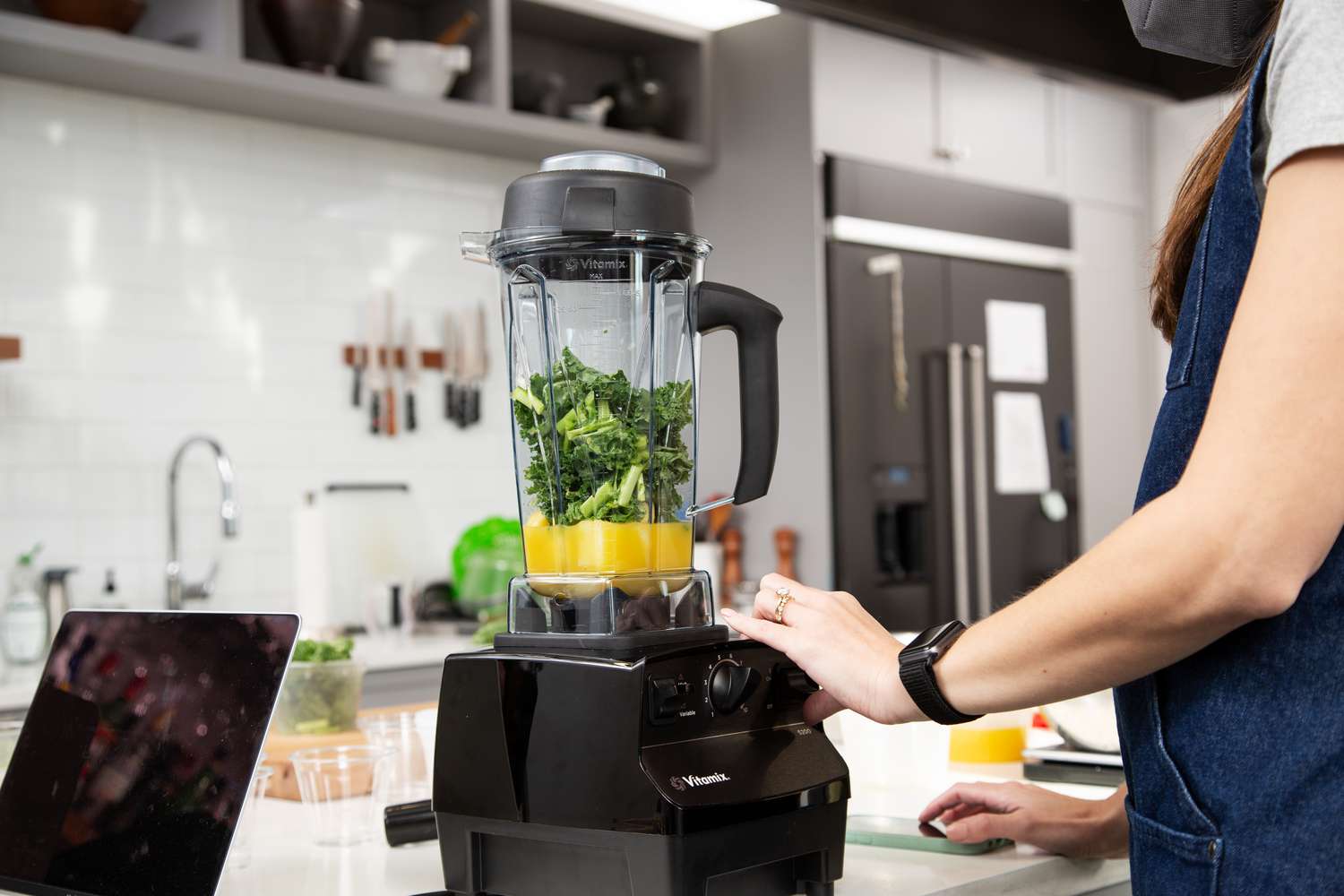
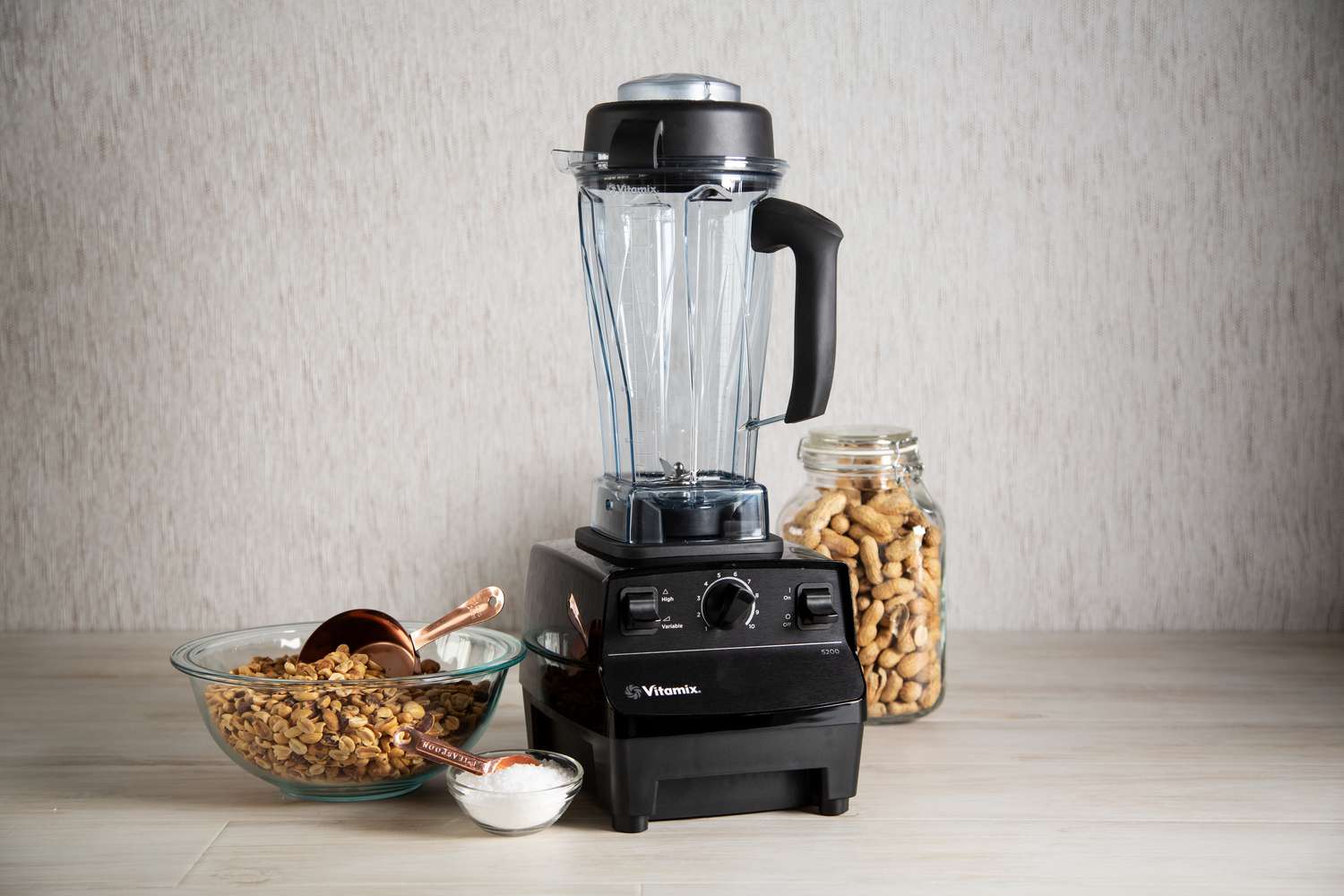
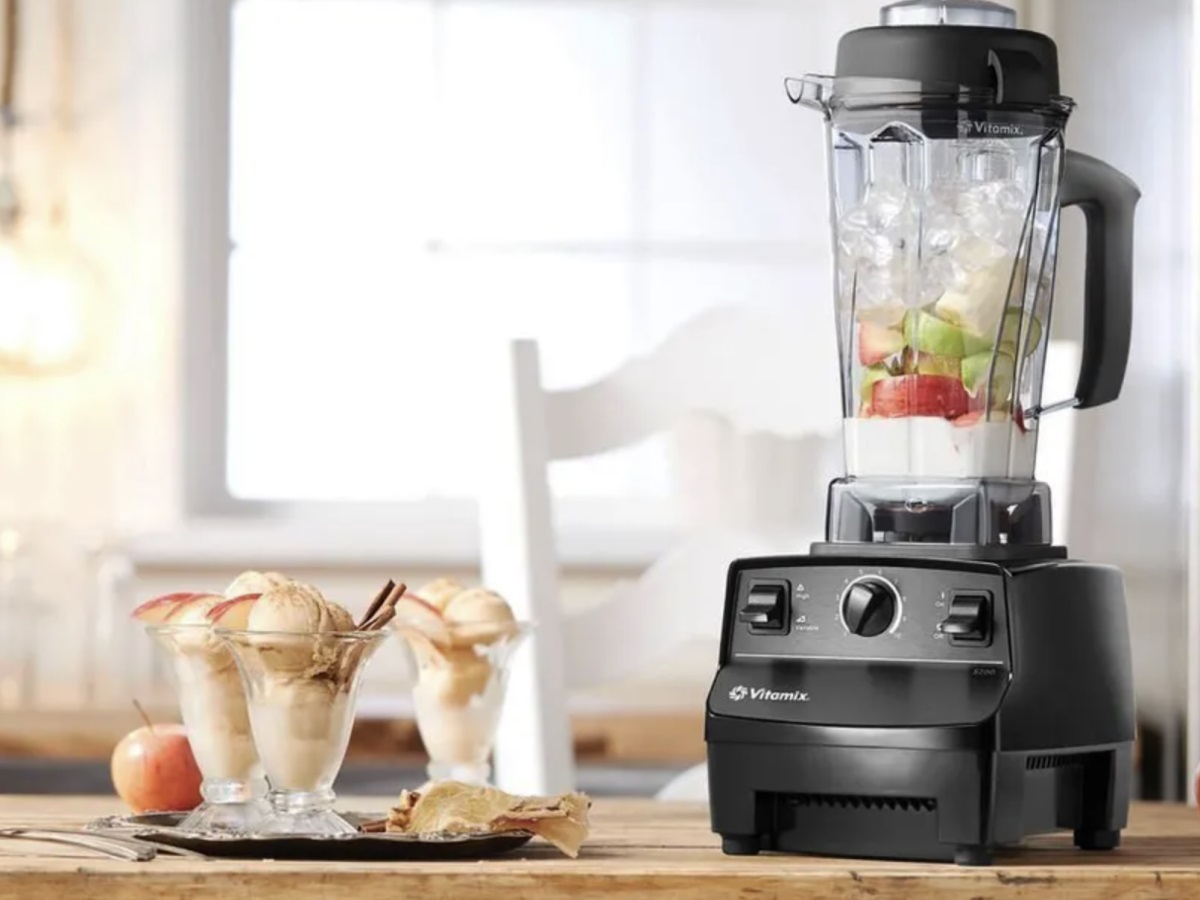
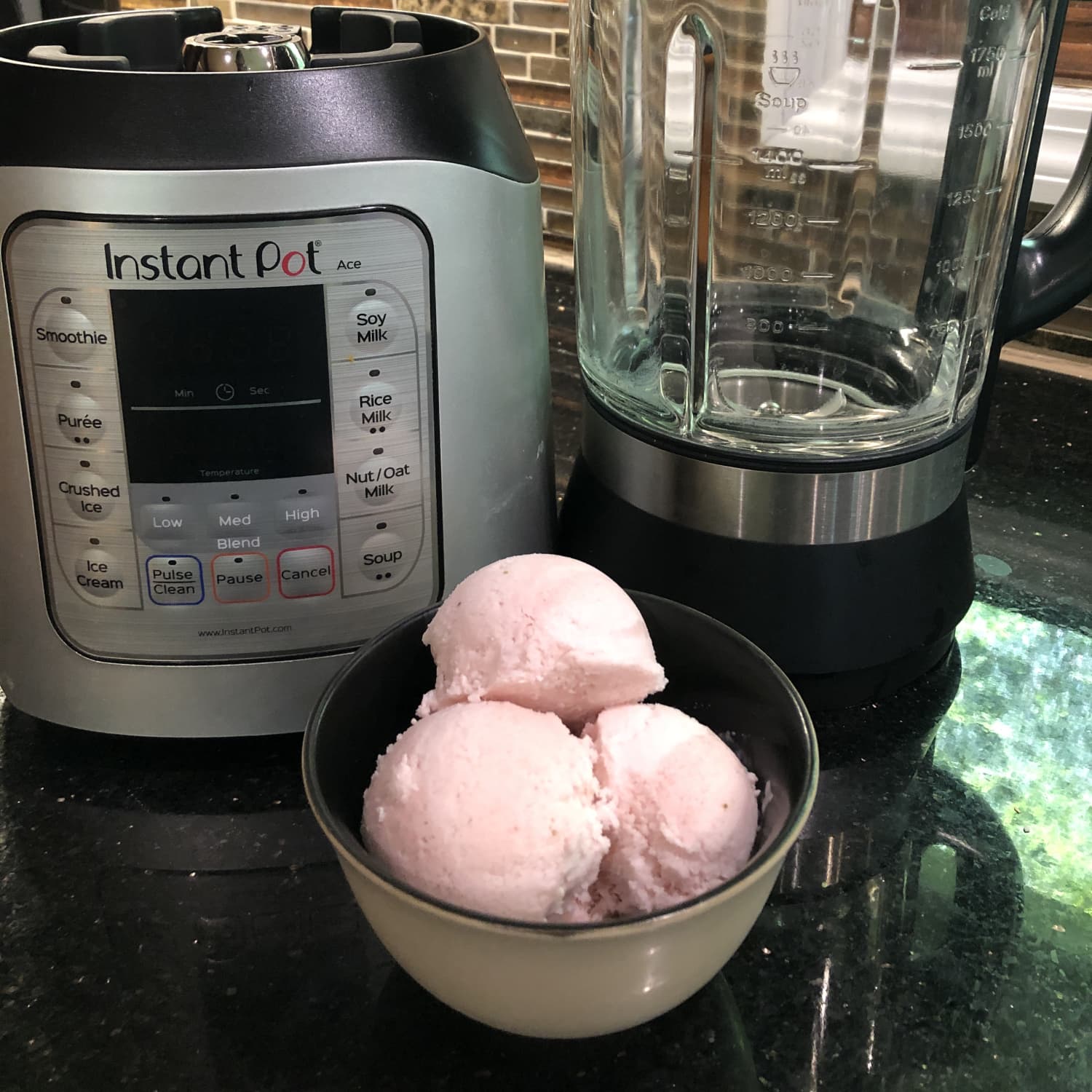
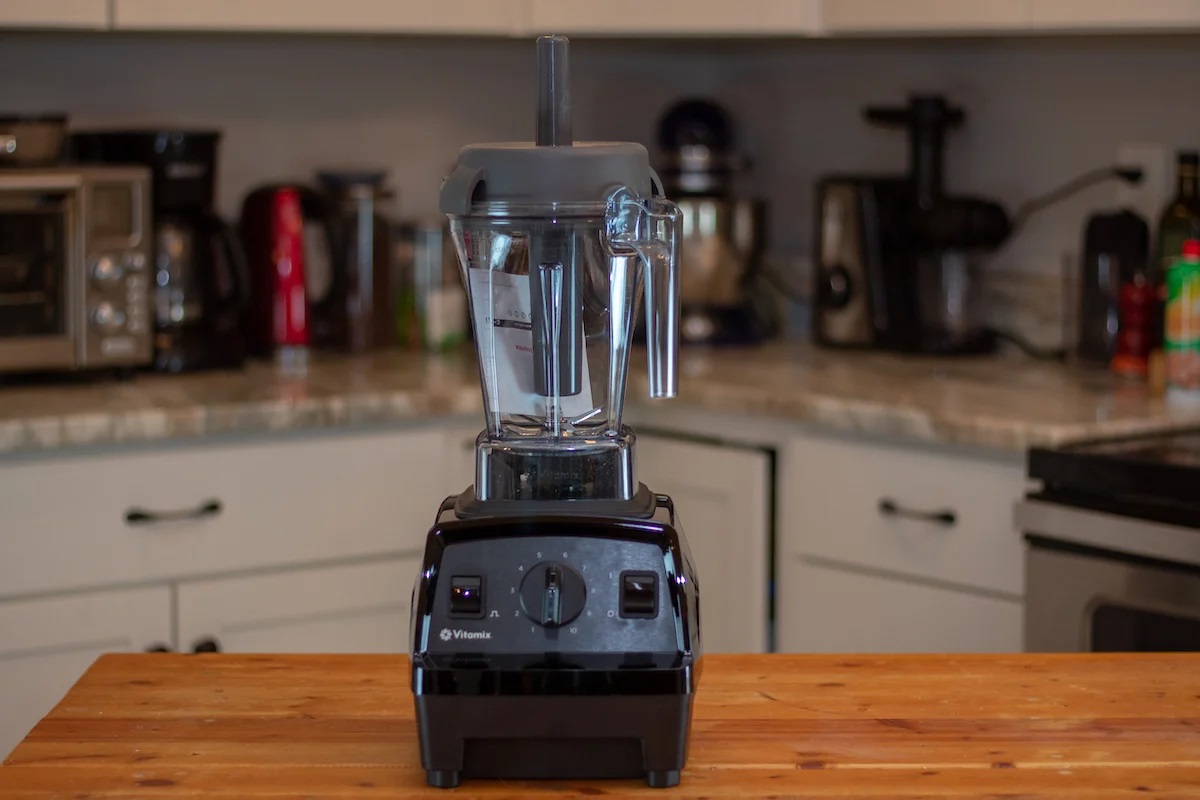
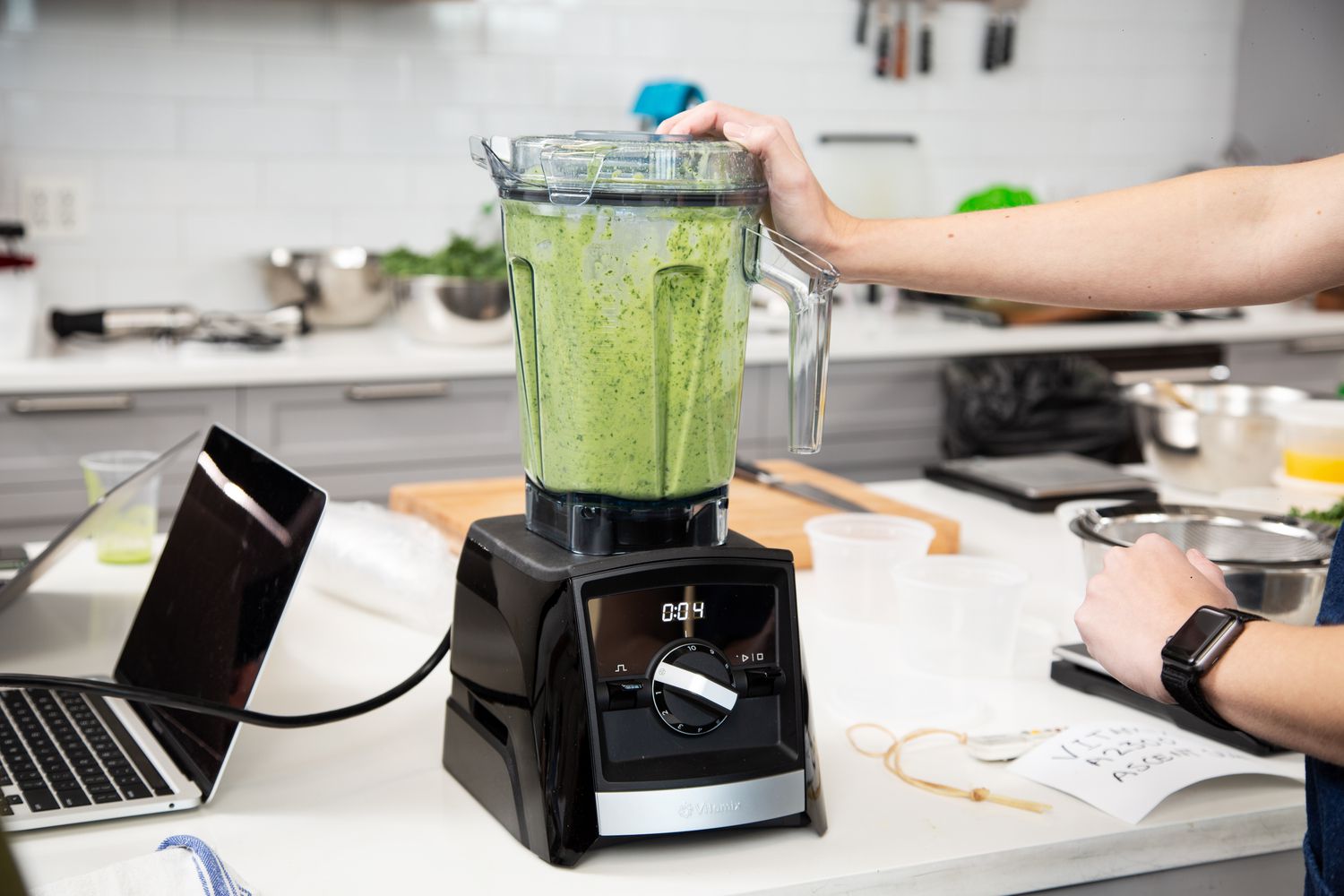
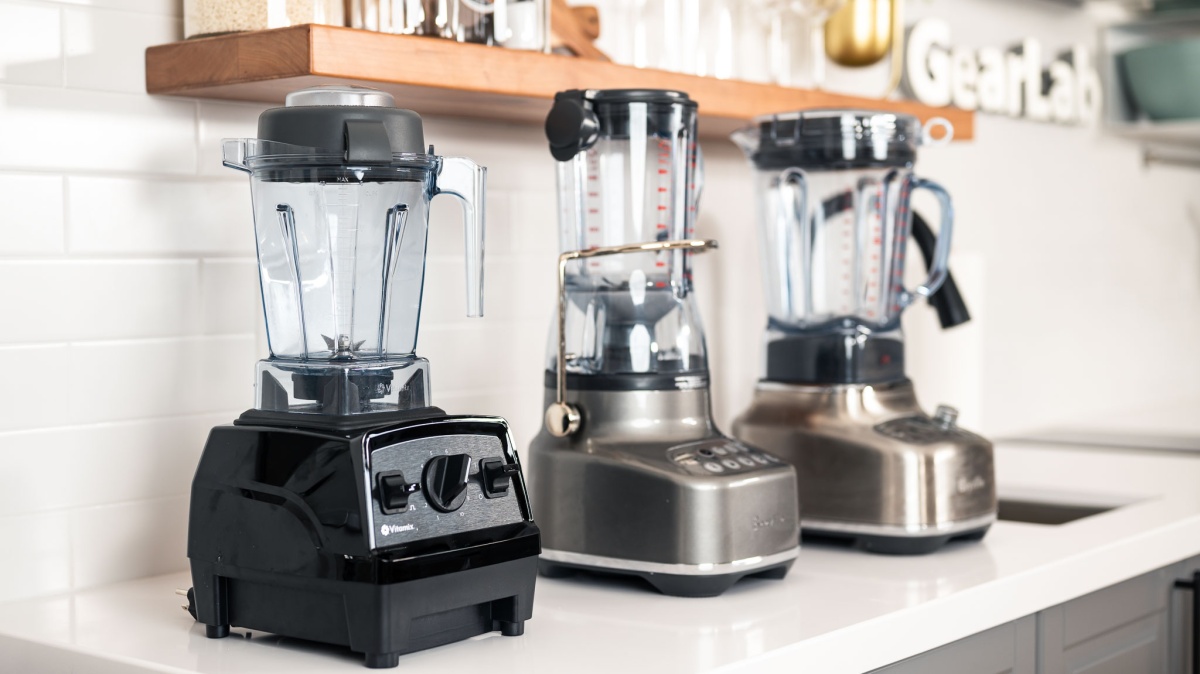
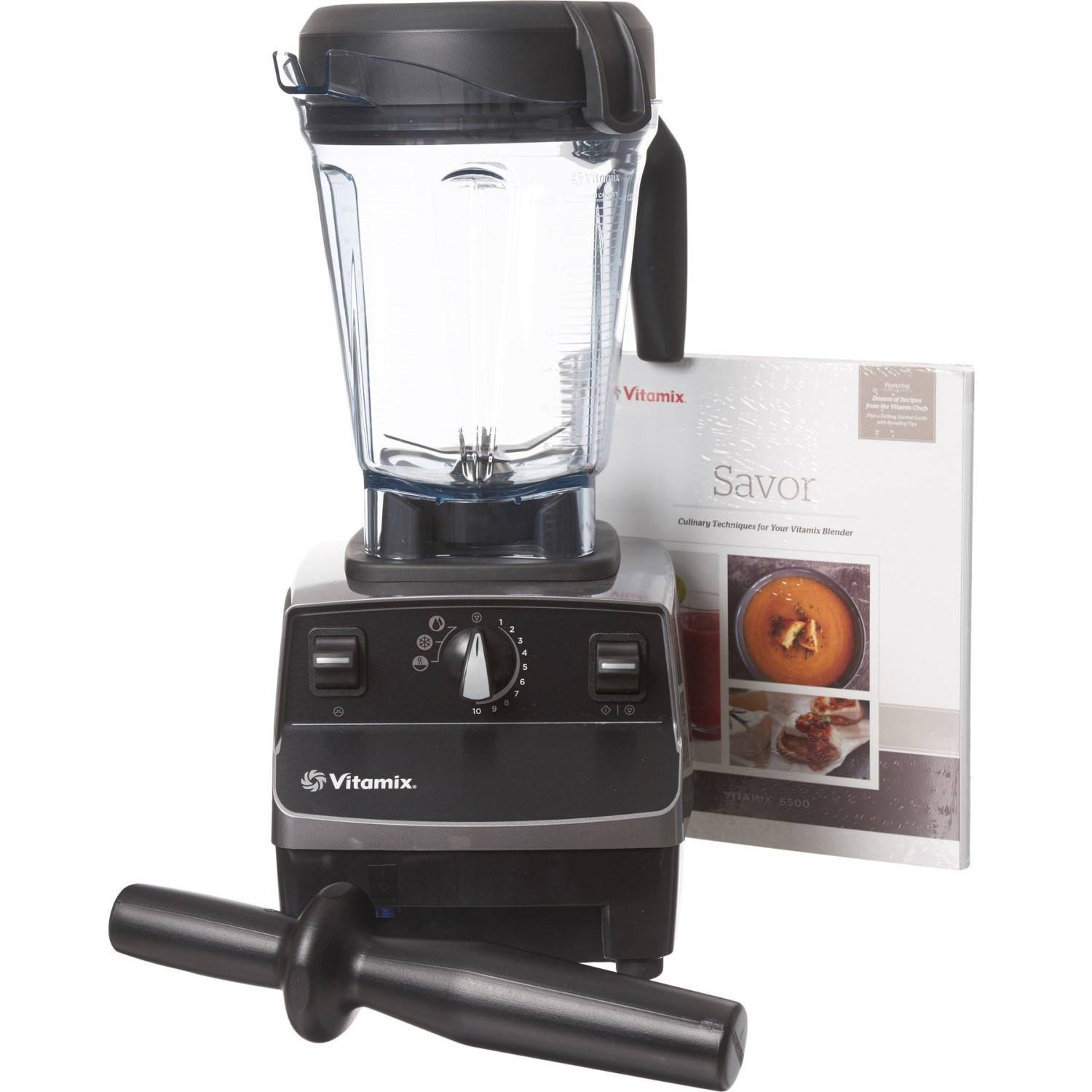
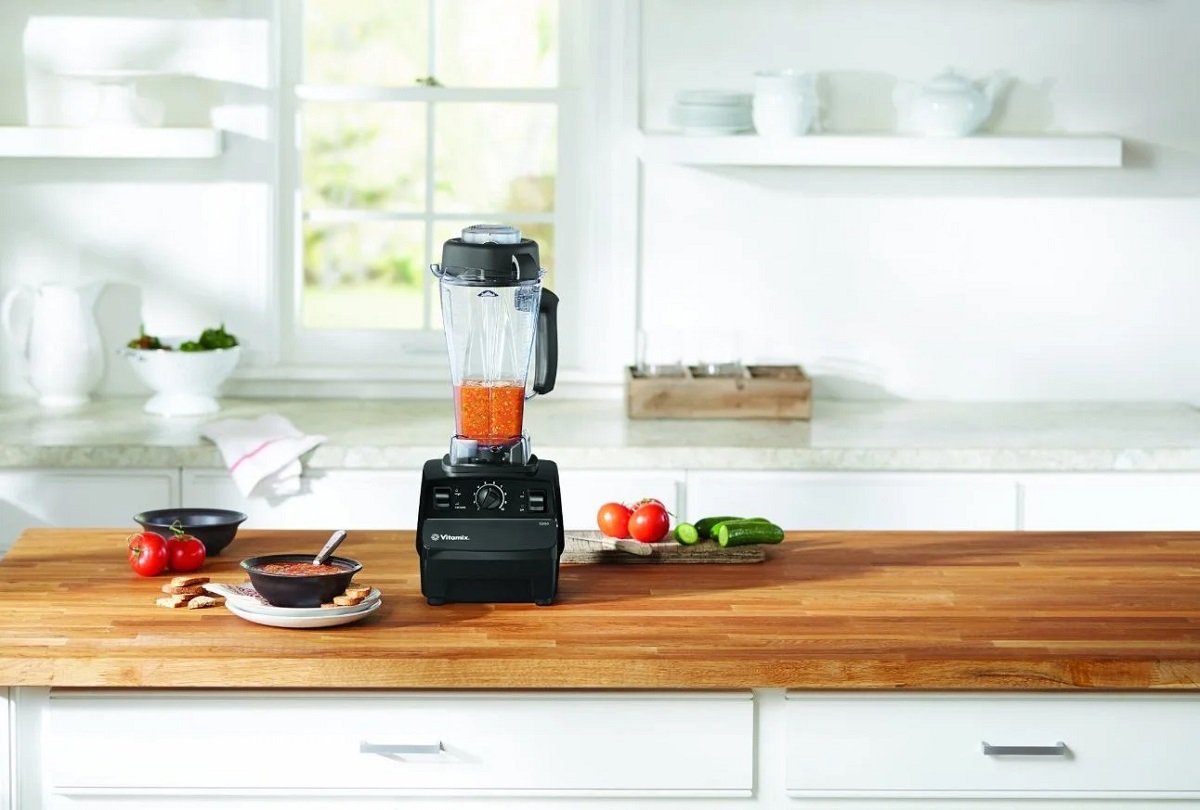
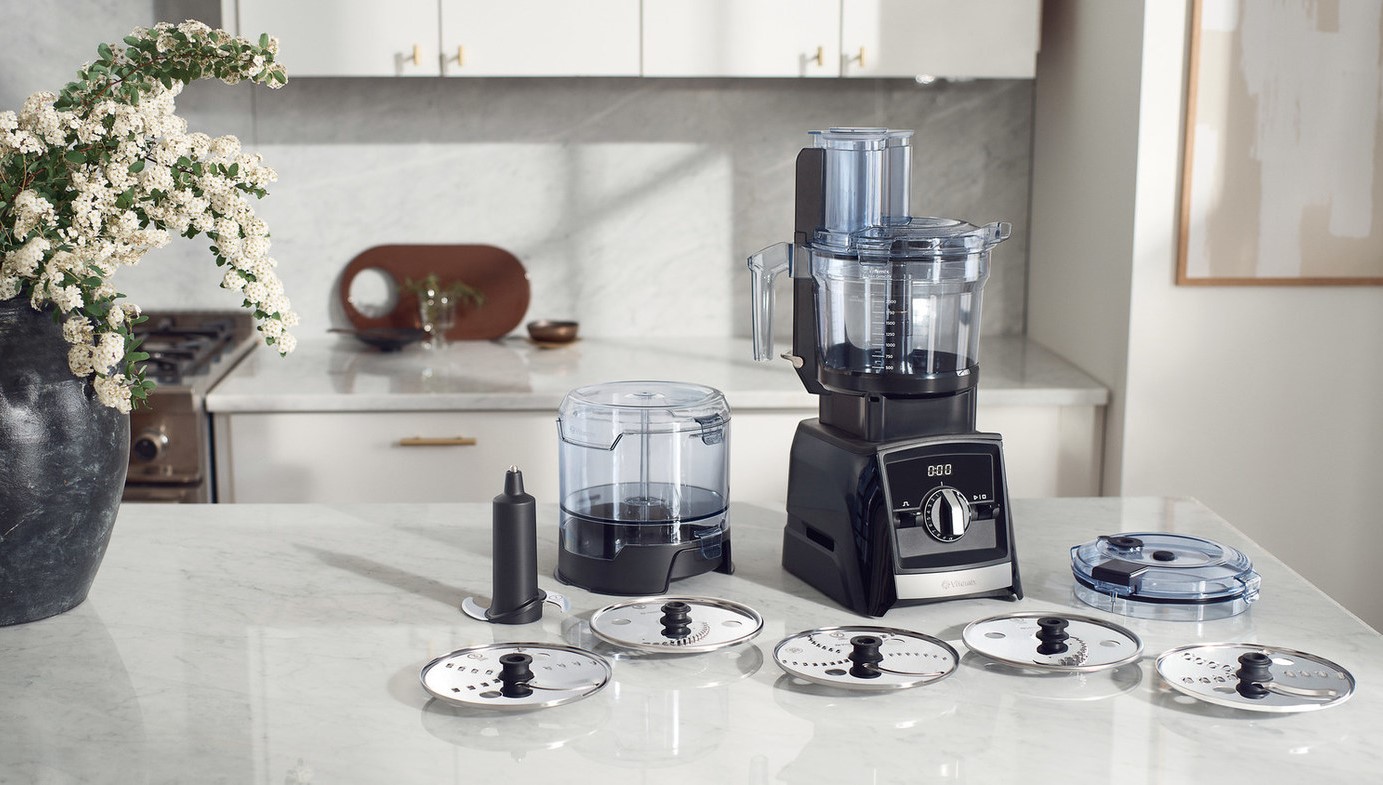
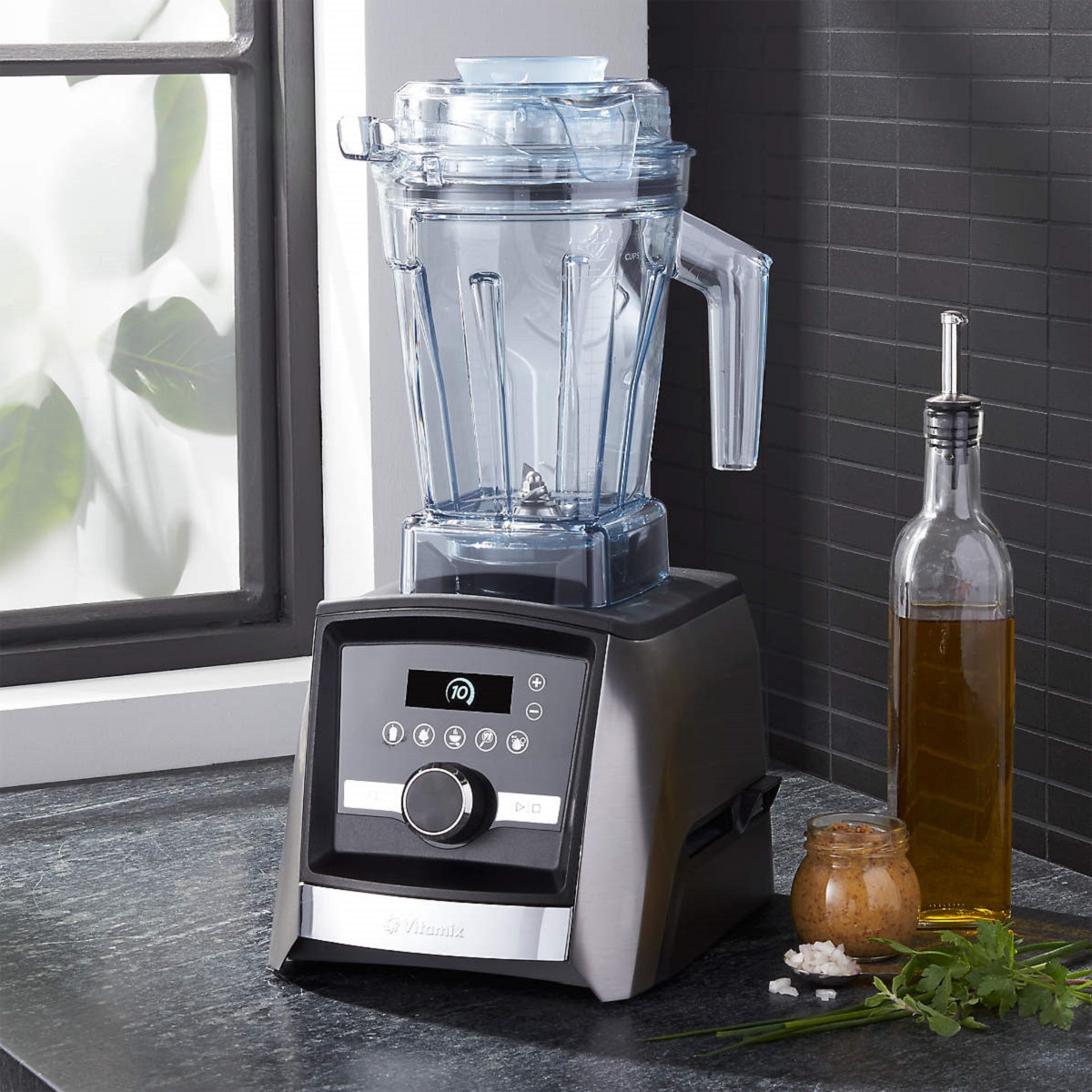
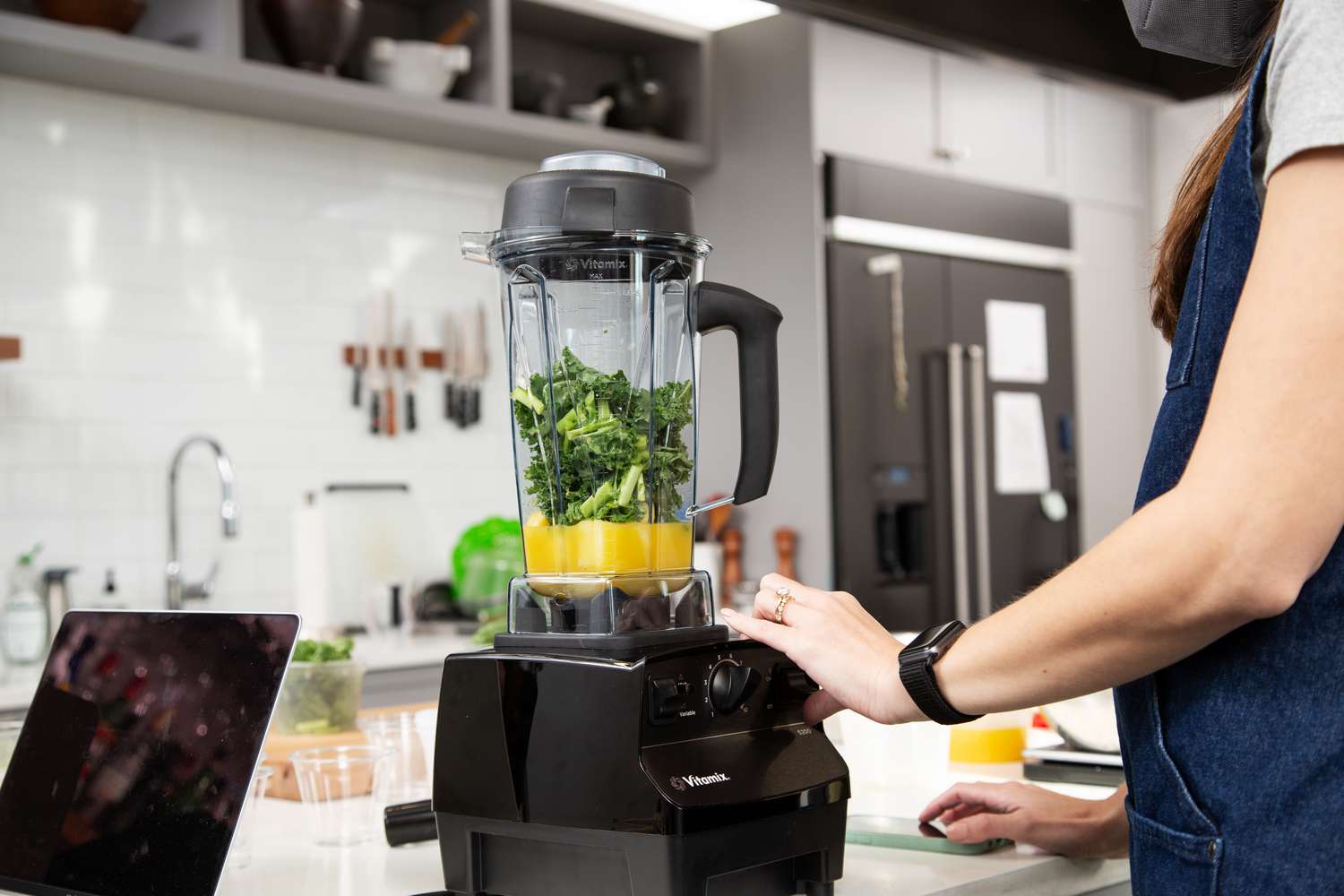

0 thoughts on “How To Use The Vitamix Blender”